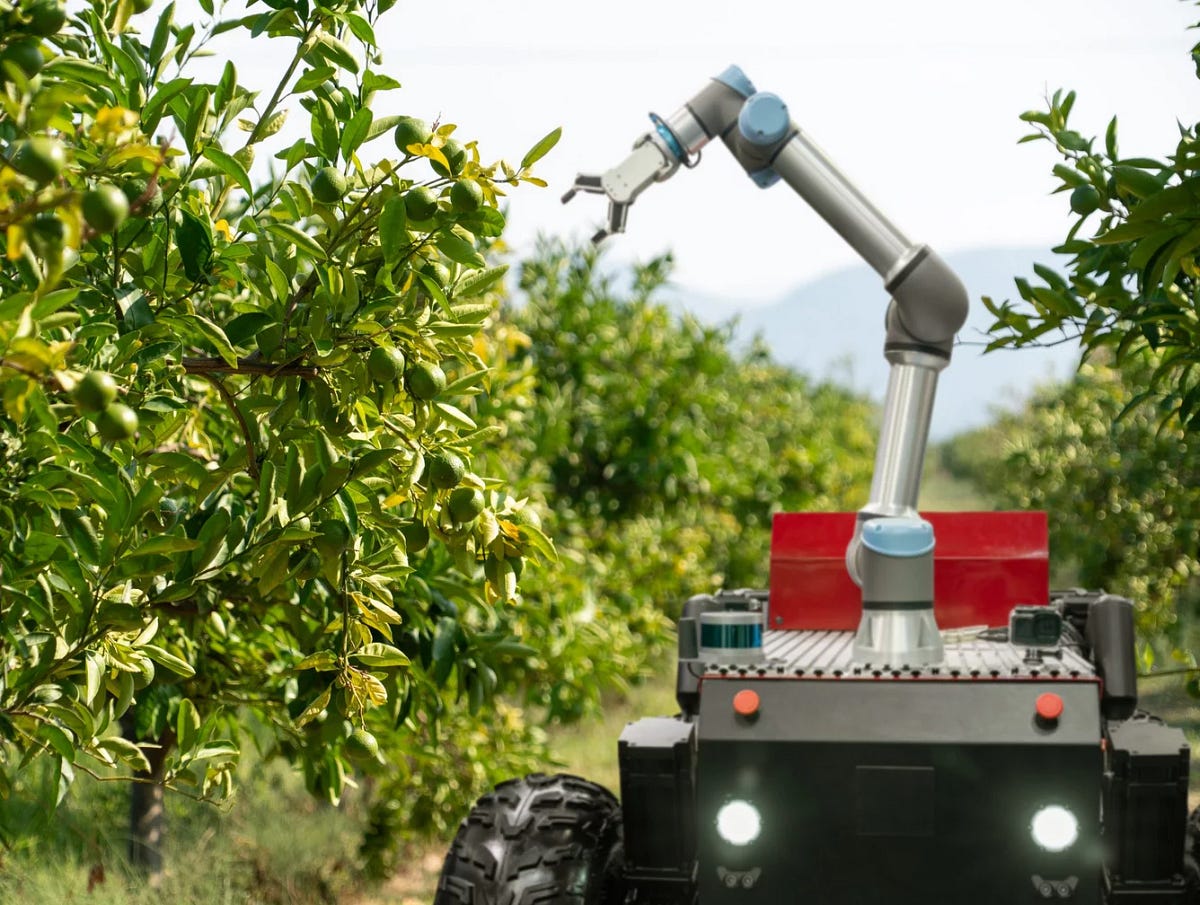In the age of automation, the agricultural sector is undergoing a transformation where robotics is changing the game for fruit harvesting. As labor shortages, rising costs, and changing consumer preferences continue to challenge traditional agricultural practices, fruit-picking robots offer a promising solution to improve efficiency, reduce waste, and ensure the sustainability of our food supply. In this article, we explore the fascinating world of fruit-picking robots, exploring their capabilities, challenges, and potential impact on the future of agriculture.
The Need for Innovation: Addressing Labor Shortages and Rising Costs
Fruit harvesting has long been labor-intensive, relying heavily on physical labor for tasks such as picking, sorting and packaging. But labor shortages and rising wage demands are putting pressure on farmers to find alternative solutions. Fruit picking robots offer a viable solution to these problems, providing a cost-effective and efficient means of harvesting fruit while reducing dependence on seasonal labor.
Precision and Efficiency: How Fruit Picking Robots Work
Fruit picking robots utilize advanced technologies such as computer vision, machine learning, and robotic arms to accurately and efficiently identify, evaluate, and harvest ripe fruit. Equipped with sensors and cameras, these robots detect fruit ripeness, size and color to ensure that only the highest quality fruit is harvested. Equipped with a robotic arm and gripper designed to mimic human hand movements, the robot can delicately pick fruit without damaging the crop.
Challenges and Limitations: Navigating Complex Environments
Fruit-picking robots offer great potential, but they also face challenges when operating in real farm environments. Factors such as variability in fruit size and shape, changing weather conditions, and obstacles in the field present serious obstacles to robot autonomy and navigation. Additionally, the initial cost of investing in a fruit-picking robot can be prohibitive for small farmers, so return on investment and long-term sustainability must be carefully considered.
Environmental and social impact: reducing waste and ensuring food security
By increasing efficiency and reducing waste when harvesting fruit, robots have the potential to improve food security and sustainability. Precision harvesting technology allows robots to minimize fruit damage, reduce post-harvest losses and optimize resource utilization. Additionally, fruit-harvesting robots could improve the working conditions and job satisfaction of agricultural workers by freeing human labor from more skilled tasks, contributing to a more equitable and sustainable food system.
The Future of Agriculture: Embracing Technological Innovation
As advances in robotics, artificial intelligence, and automation continue to accelerate, the future of fruit harvesting looks set to become increasingly automated. Fruit-picking robots are just one example of how technology is transforming agricultural practices, allowing farmers to increase productivity, reduce costs, and adapt to changing market demands. By embracing technological innovation and collaboration between farmers, researchers and robotics experts, we can unlock the full potential of fruit-harvesting robots and pave the way for a more efficient, sustainable and resilient agricultural sector.

